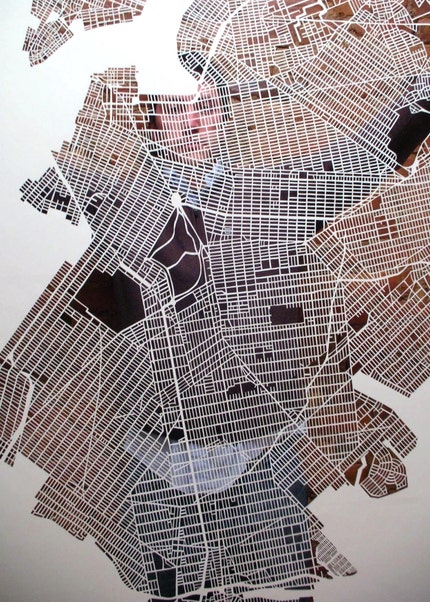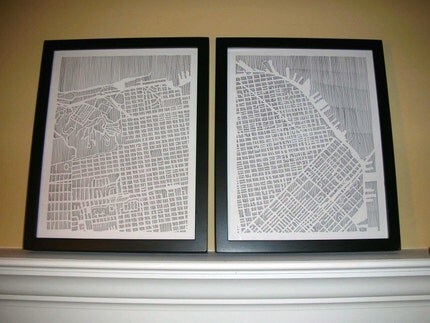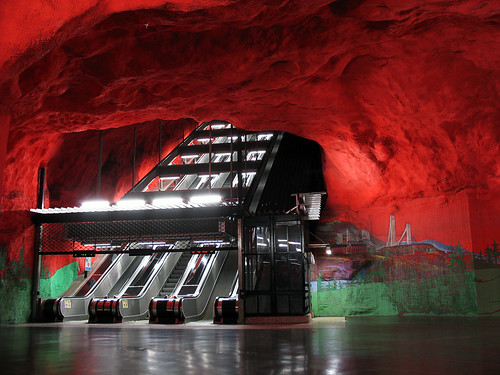Went to
Trampoline Hall for the first time last night and enjoyed myself thoroughly. All the speakers were great and I walked away feeling depressed! What more could you want in an evening out? Depressed, but only because there are so many amazing people out there doing cool things and I continue being me. I think it's a good sadness to have, one that will inspire. OR crush my very soul and encourage me in more
lawerly pursuits.
The speakers were:
Mary Albino -
The Mean Problem
Instead of a diatribe about the film Mean Girls we received a lesson on the dangers of averages, what can be lost in the morass of numbers and summation.
Christine Pountney - Lot's Wife and the Art of Looking Back
Starting with an action many people do when leaving a building, looking over their shoulder in the direction they aren't going, launched us on a discussion of paths not taken, nostalgia and dementia, memory and the joys of living if not in, at least with the past.
For her a life gains stability and relevance only so far as all the experiences leading to you-now are remembered and cherished. Even/especially the bad ones.
Kristy Willow - Transitioning
Coming from the personal experience of discovering her dual-sexed nature following a heart attack and 28 minute death at the age of 50 plus, the talk focused on finding doors and going through. Choices can be good or bad, but if it turns out being the latter there's always the next door to try.
After the show Daydream and I walked down Ossington, contemplating all that had passed our ears and falling into our traditional staccato banter about where we are going, what we are doing and how we should get there.
As I say above, I don't know if what I saw at the event scares or inspires. Maybe both. But it's certainly better than the stare at the computer screen, indecisive, nothingness that seems to fill too much of my downtime. I still have no idea about anything except now I know I need to keep pushing myself. Out there. I need to see people do what I want to do, but more amazingly.
Maybe I'll just get a pleasant evening out of the deal, but the hope is it will push me toward something significant of my own.
Daydream reminded me I need to get away from the endless end result speculation that haunts my being. Instead of creating to create, doing things because I love them, there's a hint of doing things because it will bring me success. Money-whore and attention seeker. A man without confidence who needs the constant reassurance and praise of those around him, and if only the whole world could see his majesty, then they too would throw up their arms and lose their minds in rhapsodic praise.
Too often I miss the now, focusing instead on the awaiting future or perhaps fester upon the past I've let slip me by.
Oh you. Coming at things all wrong. If I'm going to write, I need to write without goals for a little while, create without direction and see what comes. Answer some big questions; If I'm not doing this stuff, is it because I see it as a chore? Do I even have the passion I claim? Do my passions lie elsewhere?
Questions I've asked and answers I've known, leading nowhere for years. Let's see what I can do with them this time round. Remember, getting nowhere can take forever and I'd do well not to waste eternity.
The mental anguish and joy of an evening well spent, summed up in a wee Twitter poem, re-posted here because not everyone reads the sidebar and what's the internet if not an echo chamber to reconfirm existence on a regular basis?
I need to find a crack to pull myself through WORDS need actions or die BUT the streetcar thrums and the city speaks of nothing but choice
(I even maintained the silly caps on instead of punctuation format!)
As Daydream said, Heh, it's a very nice bit of self expression via high tech communications.
For the time being that will have to do.


























































